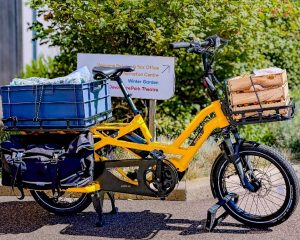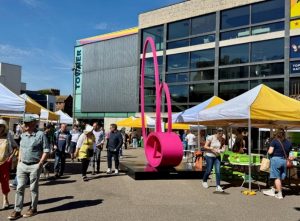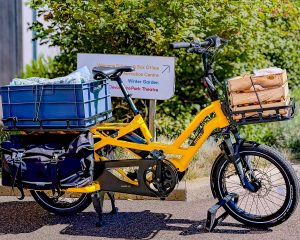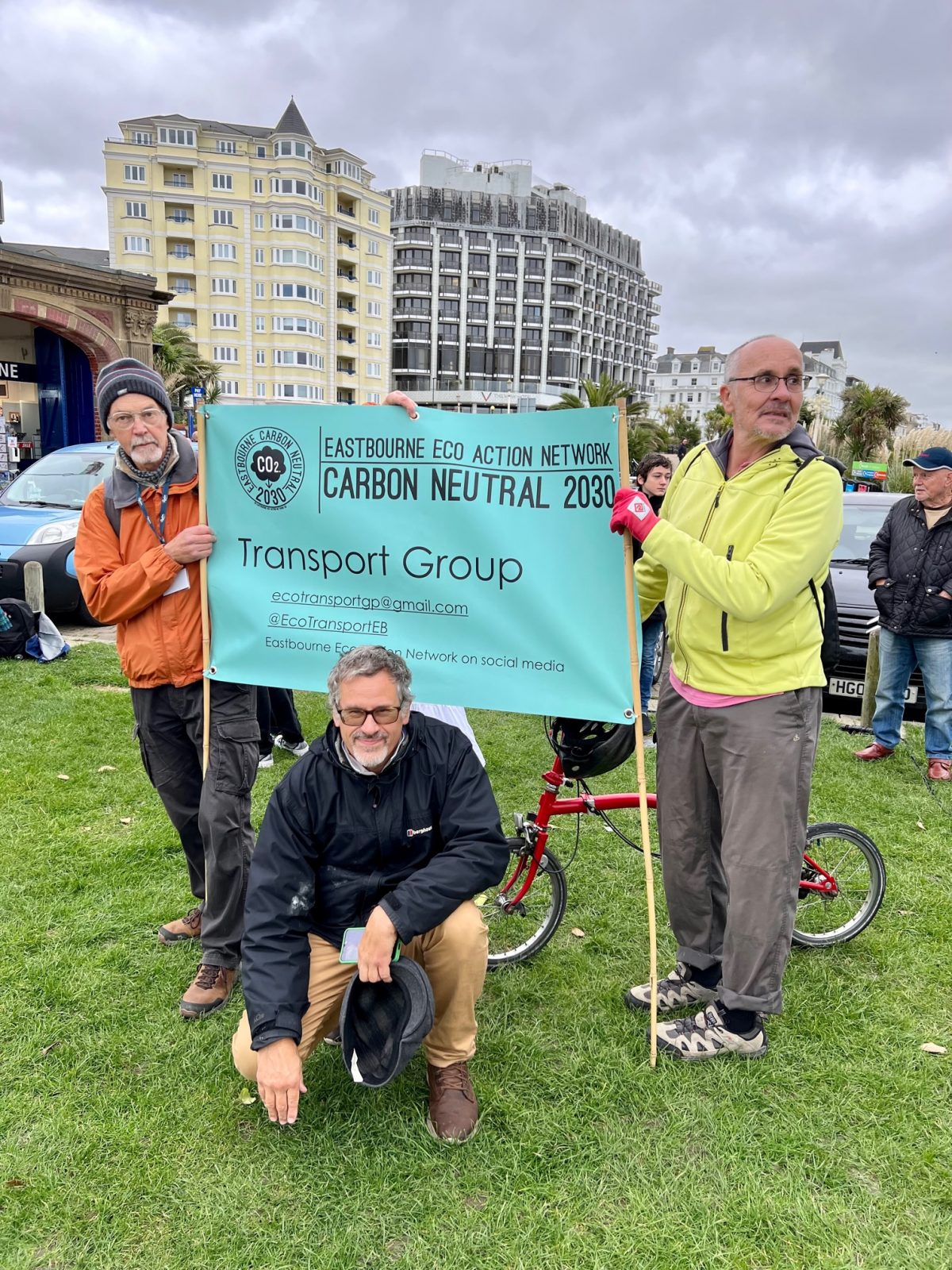Introduction
Whether you live in Wealden or on the borders of Eastbourne, Lewes or Rother additional housing growth, in the Wealden area, will affect you. So you should comment on the Draft Local Plan.
“Wealden District Council is preparing a new Local Plan. [it] will be the key planning document for Wealden District. Once adopted, the Local Plan will form part of the Development Plan for the District, replacing all existing local plan policies and will be used to assess and make decisions on planning applications.” There will be 16,000 new houses of which around 8,000 have already been planned for .
It is a challenge to go through all the background documentation. The consultation itself is over 200 pages. So this blog has had to be selective. To begin with here are the top 8 areas in terms of new housing
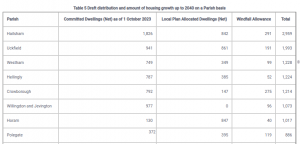
Most of this will be in South Wealden and especially on the borders of Eastbourne. From this table you can see that much of the local area is already ‘confirmed’. In Willingdon for example all the space is already committed apart from some ‘windfall’. So you may feel it is too late. This is not the case. Within the plan are some policies that have some merit and these should be supported.
Here are some links you will need . The Wealden Local Plan itself including a short video . Then the Consultation Portal – Where you create an account and add comments
Background
The lack of a local plan has made Wealden vulnerable to developers who were likely to win, if they appealed, when their planning submission was rejected. With a plan the council has more control of where housing can go. Without a plan the growth of housing could be higher. If there is a proposed housing development ,that you do not agree with, then you can highlight this in your submission, ideally linking it to the relevant policy.
One of the key concerns is the transport infrastructure. Before reading the rest of the blog you may wish to read this blog, on how over optimistic future predictions , are used by councils and developers to the detriment of residents.
Discussions with relevant district officers, councillors and directors suggest there may be residents who do not support a greener and more active travel agenda . Therefore it is important to support these policies and schemes.
Below are a number of the key chapters in the consultation that are worth commenting on. :-
Chapter 3 is Vision and Objectives
Suggest you strongly support “Sustainable and active travel’ but make points as to how this is not being addressed.
There has been no evidence of any increase in public transport, wheeling, cycling and walking. Many County, District and Borough plans refer to a planned shift away from cars . This has never been delivered. In fact East Sussex CC has not achieved any change in the mix of transport and total vehicle trips have simply increased
Suggest the need for high level plans across multiple sites. There are many examples where each site has its own access road and no attempt made to have public or active travel routes through these developments . For example at Horsebridge there is an area with over 5 different adjacent estates with no co-ordination of the access across them. A house that you want to visit, maybe only a few hundred meters away, but the car may need to exit one estate and then enter another one. On top of this the connections to the Cuckoo Trail, tell cyclists to dismount and push over 200m on sandy narrow tracks to get to the estates. Discriminatory especially to those who use mobility scooters, elderly or with heavy e-bikes
There needs to be a clear strategy to deal with the effect of all this housing growth on the current residents, where the existing streets might have more ‘permeability’ and could then be used as ‘rat runs’.
Plus stress more emphasis needed on actively supporting greater biodiversity, perhaps in adjacent areas, to counteract the consequences of this extra urban housing. Perhaps though Section 106 agreements.
There does not seem to be enough on encouraging reaching net zero through the design of housing in terms of their location and the wider community. This would strongly support higher insulation, solar panels, EV charging and heat pumps
Chapter 4 – Spatial Strategy
Suggest you strongly support “4.18 The benefits of a 20-minute neighbourhood concept are extensive, providing health, social, environmental and economic benefits to people and communities. Additionally, the concept would seek to tackle many of the issues that we need to address through our plan such as reducing carbon emissions, helping people to become more active, reducing mental health issues and loneliness, improving our town and village centres, making our settlements great places to live as well as improving access to affordable healthy food.”
Support the statement in “4.26 East Sussex County Council’s Local Transport Plan 4 Consultation(12) supports the 20-minute neighbourhood or the ‘complete, compact and connected neighbourhood’ approach by providing a shift towards supporting healthy lifestyles by walking, wheeling or cycling and more active travel, as well as through the design of public places and healthy places through integrated neighbourhoods.”
So from the above, mention your support for higher density dwellings in the centres which should have access to a mix of leisure, shopping and business all nearby and accessible by bus or active travel. You could also add support for 20 mph and school streets
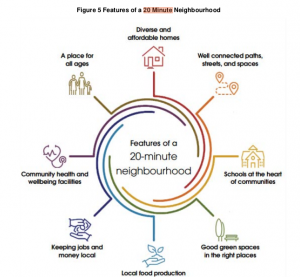
Support – “Policy SS9: Health, Wellbeing and Quality of Life”that creates improved connectivity and supports healthier and more active lifestyles
Chapter 5 – ‘Climate Change’
Generally strongly support
CC1 Net Zero Development Standards – New Build. Support Policy but would prefer a clearer steer around residential standards of insulation, solar, batteries and heat pumps. There are no examples locally which could be seen as evidence of the ideal higher standards
CC4 Carbon sequestration, Support Policy but make the point, large areas of land are being urbanised and it is unlikely that sequestration could be achieved in or around the new housing estates
Policy CC5: Renewable and Low Carbon Energy. Agree with the principle of “Support will be given to community led energy schemes where evidence of community support can be demonstrated”
Policy CC6 Water Efficiency . Support the principles though make the point it is partly the cumulative effect of all these new houses which will determine how both water and waste (Southern and South East Water) cope. Some of the pumping stations, pipes and sewage works are already under strain
Policy CC7 Managing Flood Risk. Support the principle though areas such as between Polegate and Willingdon have always been susceptible to flooding. Concreting over will add to the problem across all the low lying estates. Make reference to the work the Environment Agency are undertaking around flooding and rising sea level.
Policy CC8 Sustainable Drainage. Support the principle such as in CC7 but perhaps question whether previous experience shows if this been dealt with in the past
Chapter 9 Infrastructure
Policy INF1 Infrastructure provision, delivery, and funding. “The provision of infrastructure facilities such as those relating to healthcare and education should be provided” Stress there needs to be guarantees of them being built and that you have concerns based on recent sites that the delivery of schools and health centres may not happen. This is due to the higher build costs and the funds that health and education may have. Plus a need to adhere to DfT’s “Guidance on Land Use/Transport Interaction Models”
Policy INF2 Sustainable transport and active travel– Support this policy. However the local housing developments simply fail on the criteria listed. No attempt appears to have new been made to create viable routes through multiple estates . Routes identified in the LCWIP, that are supposed to be on these sites ,have not been taken into consideration. Good examples would be alongside the railway from Hampden Park to Polegate (such as routes 312 and 225). Recent experience shows that proposed bus and cycle lanes are very vulnerable to being dropped through pressure from those who do not support them. They must be installed.
Policy INF5 Safeguarding of Infrastructure– Support the concept but as already mentioned there are many potential active travel routes in LCWIP that have been ignored through planning.
Policy INF8 Open space, sports and recreation provision– Suggest make the point – There are large areas of open land that have been lost and this cannot be rectified by a few small parks
Chapter 10 Design
Policy DE1 Achieving well-designed and high-quality places. Support the aim however challenge most of the new developments. These are car centric, low traffic neighbourhoods that do not allow through traffic. Most of the current developments have similar housing and add very few community buildings. The road layouts are meandering and do not support more direct routes for active travel . They also do not support bus routes and this will mean when funding runs out residents without a car will struggle. Perhaps building housing for elderly people should be closer to amenities and bus routes on main roads. In ‘Manual for Streets’ it explains the consequences of building ‘car-centric’ estates that make active travel within the estate and to other destinations problematic
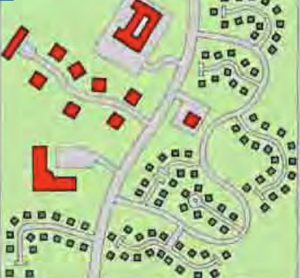
Closing comments.
Please read any other chapters and additional documents, if you want to look into this plan in more detail. You have until Friday 10th May 2024 to submit your comments
 Fewer cars will free up space for nature, housing, business and children’s play and reduce congestion. Policy documents have recognised this over 50 years: delivery on the ground is sadly the exception. The new National Planning Policy Framework (NPPF) must deliver such integration if it is to be fit for purpose. Failure to do so would be unfair both to current and future generations.
Based on a letter published Jan 2025 in iNews
Derrick Coffee
Fewer cars will free up space for nature, housing, business and children’s play and reduce congestion. Policy documents have recognised this over 50 years: delivery on the ground is sadly the exception. The new National Planning Policy Framework (NPPF) must deliver such integration if it is to be fit for purpose. Failure to do so would be unfair both to current and future generations.
Based on a letter published Jan 2025 in iNews
Derrick Coffee  Fewer cars will free up space for nature, housing, business and children’s play and reduce congestion. Policy documents have recognised this over 50 years: delivery on the ground is sadly the exception. The new National Planning Policy Framework (NPPF) must deliver such integration if it is to be fit for purpose. Failure to do so would be unfair both to current and future generations.
Based on a letter published Jan 2025 in iNews
Derrick Coffee
Fewer cars will free up space for nature, housing, business and children’s play and reduce congestion. Policy documents have recognised this over 50 years: delivery on the ground is sadly the exception. The new National Planning Policy Framework (NPPF) must deliver such integration if it is to be fit for purpose. Failure to do so would be unfair both to current and future generations.
Based on a letter published Jan 2025 in iNews
Derrick Coffee 